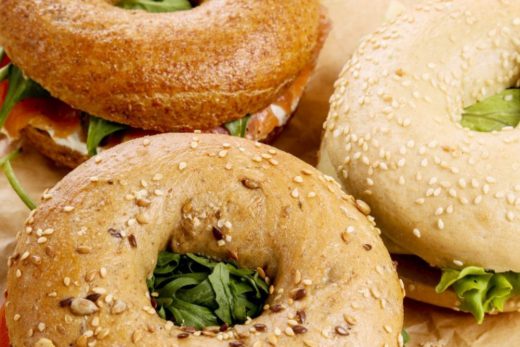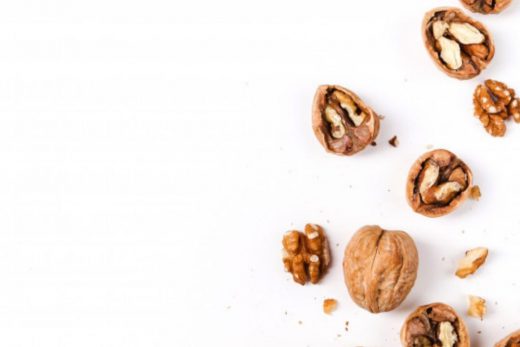Finally, bakers make the distinction between using a young and mature levain. Degree of maturity refers to the point at which you choose to incorporate your levain into a dough. A young levain is used at or just before peak activity; it smells mild, faintly sour, and has a thick consistency. A mature levain smells more acidic and pungent, and it might be runnier in texture. In general, I opt for using a young levain because it doesn’t compromise gluten structure, facilitating a tall loaf. According to Kristen, young levains are a bit more “foolproof” for beginning bakers. Why would you bother to use a mature levain? A mature levain contains more acid than a young levain, resulting in a sharper, more pungent flavor; a young levain, on the other hand, results in loaves with milder flavor. If you’re a fan of funkier, tangier flavors in your bread, then a mature levain is the way to go: It’s teeming with fermentative byproducts (alcohols, ketones, aldehydes, and other volatiles) that contribute to a more robust flavor. Greater “acid load” from a mature starter also lowers the pH of your dough, making it more elastic and less extensible early on. But in the long term, acidic conditions tend to degrade gluten, making a dough slack, weak, and, in the worst cases, a soupy mess. Given these characteristics, mature levains are better suited to lower hydration doughs. But there’s no hard-and-fast rule.





